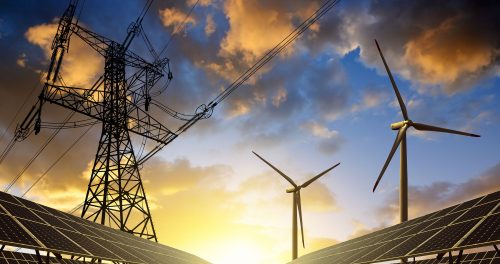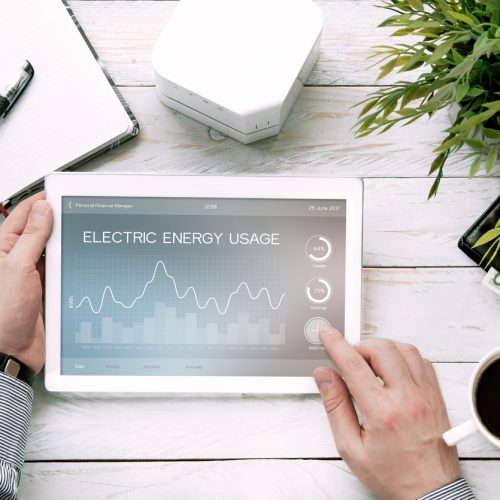
Electricity

What Can we Do to Fix the Climate Problem?
This is an expanded version of an article that was published in the Bulletin of the Atomic Scientists, in which Amory Lovins joins three other atomic experts in discussing ideas for how to curb carbon dioxide emissions, reduce global temperatures, sustain economic growth, and summon the necessary political leadership. Lovins’…

Gas Pains
In this letter to The Atlantic Monthly in response to an article by Robert Bryce, Amory Lovins discusses the American military’s fuel costs during the Iraq War between 2003 and 2005. Lovins argues that a solution to the high cost of fuel for military operations is highly energy efficient military…

More Profit with Less Carbon
In this article, originally published in Scientific American, Amory Lovins dispels the myth that protecting the earth’s climate will force a trade-off between the environment and the economy. Instead, he shows that efficiency is profitable. Focusing on energy efficiency improves the bottom line and yields many valuable side benefits. Whole-systems…

Energy End-Use Efficiency
This paper, which was commissioned by the InterAcademy Council, discusses the importance and benefits of considering energy end-use efficiency when making energy economic decisions. Energy end-use efficiency is the concept of providing more desired services per unit of energy consumed. According to Amory Lovins, increasing energy end-use efficiency is generally…

Energy Efficiency, Taxonomic Overview
This document is an excerpt from the Encyclopedia of Energy. Amory Lovins provides an extensive overview of energy efficiency. The excerpt includes the definition and importance of energy efficiency, the benefits of energy efficiency, the engineering versus economic perspectives, the diminishing versus expanding returns to investments in energy efficiency, market…